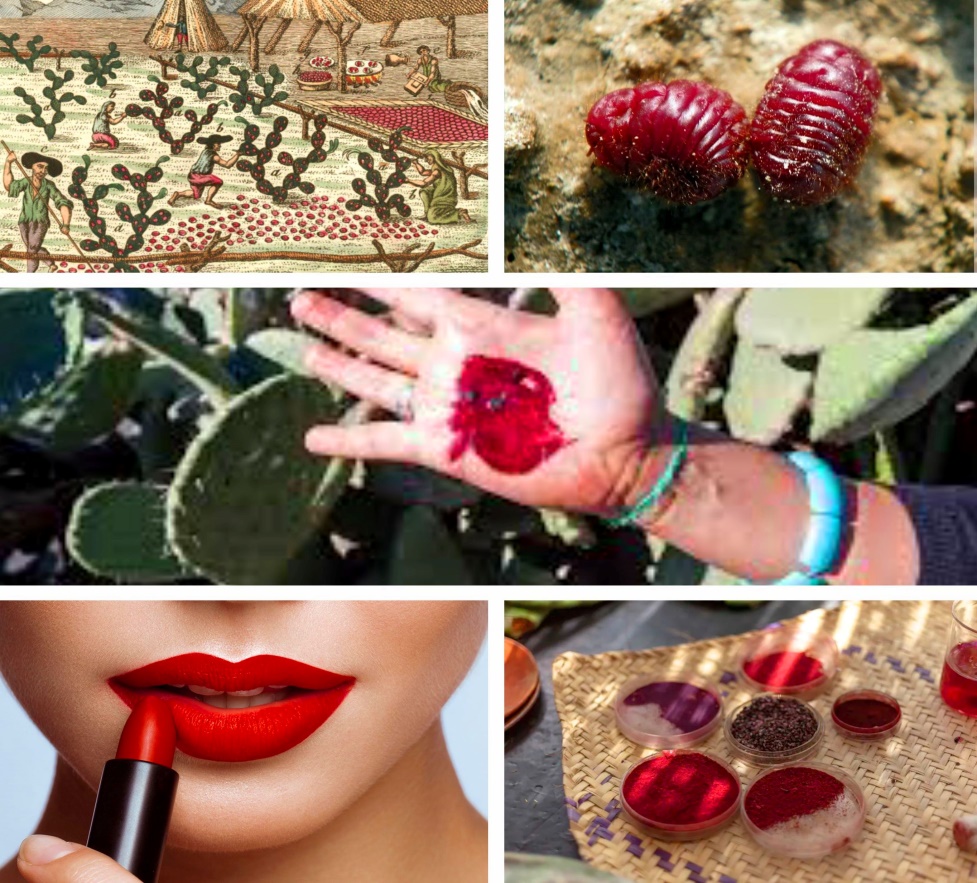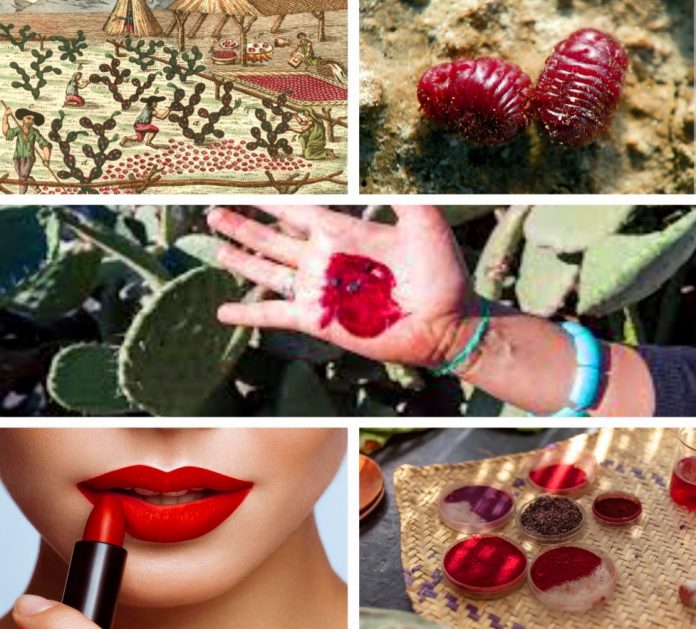Booking a magical glimpse inside Etnia Nativa
Article by Etnia Nativa call us 592 2702 and book your experience!
Every week, Etnia Nativa unveils a new episode regarding culture and heritage, focusing on native knowledge, transcendental wisdom, and the importance of defending Aruba’s true identity. Articles that connect the reader with a mystical aspect of the island, its culture, and its traditional heritage encourage all to interact with the native environment by adopting an authentic island state of consciousness.
During this episode, we share about a small industry that was established in Aruba during the 19th century and that currently supplies a globally demanded natural product. It is the grana, or cochineal, and has its origin in an insect known as the cochineal tick that parasitizes the leaves of the prickly pear and thrives by extracting its juice to ripen.

At the time when Aruba was dedicated to the cochineal industry, specific areas were designated for its cultivation. Within the limits of Oranjestad, it was common to see plantations in Socotoro, Companashi, Mon Plaisir, Sividivi, Canashito, and Quivarco, but there were also in Savanata, Sabana Grandi, Sta. Cruz, and Noord, near Shaba, Cunucu Abao, Pos Abao, Tanki Flip, Tanki Leendert, and Ponton. To improve the production of cochineal, at the same time the cultivation of a local plant was implemented, known as the catash tree, or Loki Loki (Phyllanthus botryanthus), whose leaves, rolled into a cone shape, the locals called “cartuchi” or “peperesh,” were used as protection against wind and bad weather so that the tiny insect could thrive by being nailed to the cactus using a Breba (Lemaireocereus griseus) thorn.
Different families were dedicated to its cultivation, such as the Dutch Strakbein family in Sabana Grandi. We know it was exhausting work. The women were taught how to treat the insect with soft cactus spines and then how to collect it in paper bags. They could earn five guilders per pound when the industry was flourishing, which was a good income for that time.
In the mid-19th century, aniline dye began to be marketed in Germany, the commercial value of cochineal plummeted, and local crops gradually disappeared. The bug or tick can still be found in gardens all over the island, but the use of pesticides has reduced its occurrence.
The mealybug tick is round, reddish-black in color, and covered in white powder. If we crush this insect, when it is fully developed, it will give off a reddish or carmine tint. When the insects are mature, they are collected with a brush not to harm or damage the product and placed in the sun or dried in the oven. To get an idea of how much, one pound of color is the work of approximately 70,000 mealybug ticks. The dye obtained is called cochineal red and is the natural source of carmine, a red dye in great demand and the protagonist of the most intense reds in the cosmetic industry, which, from the point of view of quality, is the most demanding and accepts only high-purity carmine in its production.
Although the appearance of synthetic dyes caused the cultivation of cochineal to decline today, when natural products are preferred by consumers, its extraordinary demand has produced a price increase of up to five times. Countries such as Peru, Chile, and the Canary Islands stand out as global exporters of cochineal. In 2022, Peru positioned itself as the main world producer, in addition to being recognized since ancient times as one of the most experienced in the use of cochineal in the textile industry and in artisanal techniques.
In the pharmaceutical industry, cochineal carmine is used in the preparation of tablets. It is also used as a food coloring in the sausage industry and in the coloring of alcoholic and non-alcoholic beverages, jellies, jams, ice creams, yogurts, and soups, among others. Standing out as a basic ingredient in the food industry, it is added to almost everything, from yogurt to ice cream, including drinks and donuts.
Book an appointment with a unique native gem. Let our acclaimed columnist guide and lecture you regarding the most interesting and revealing stories about Aruba’s Undiscovered Etnia Nativa An adventure beyond beaches and tourist traps Visit his magnificent dwelling that integrates natural and reused materials, bursting with culture and island heritage. Appointments and confirmations trough WhatsApp +297 592 2702 or etnianativa03@gmail.com

















